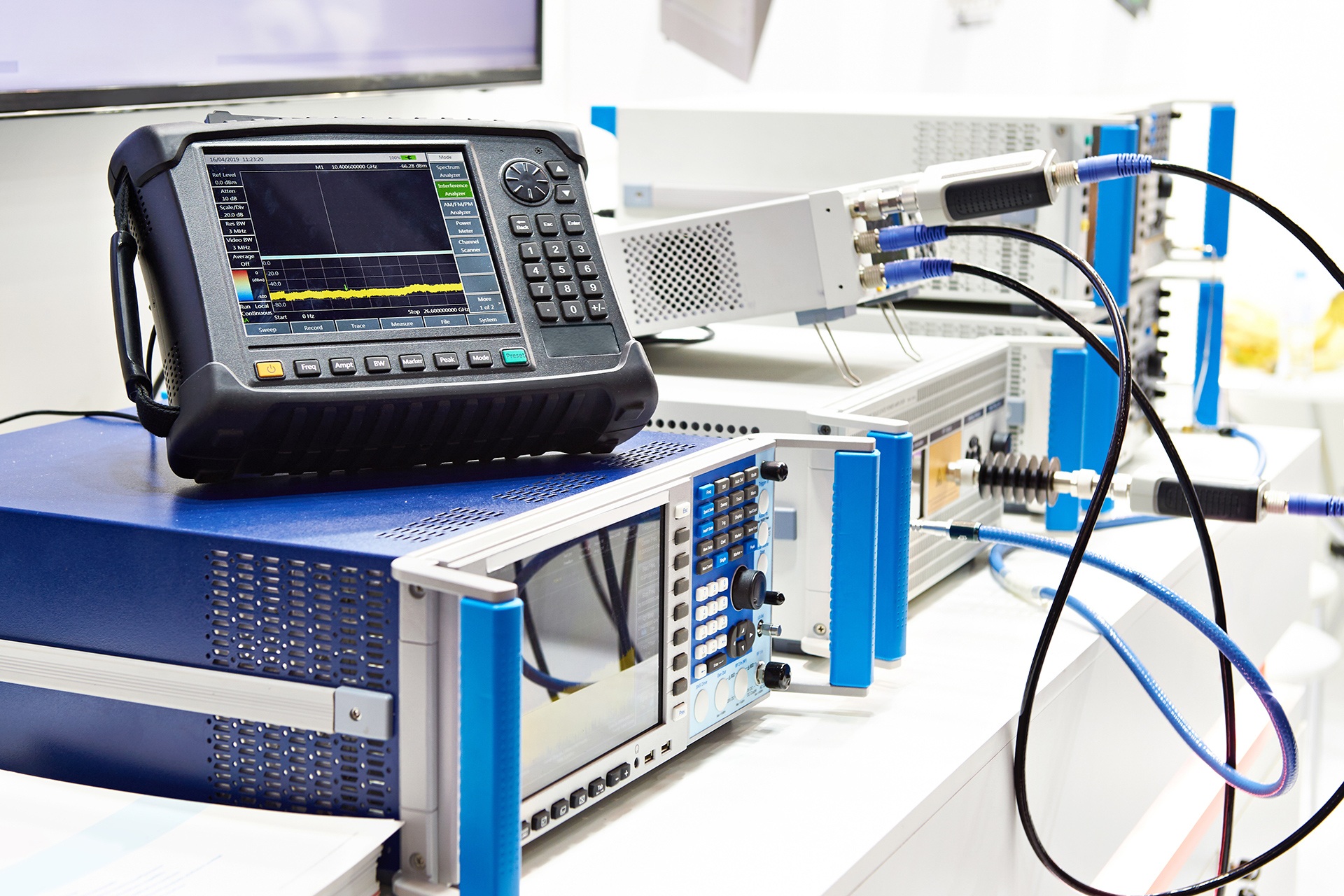You have actually possibly heard the terms calibration, verification, and modification used mutually in your work environment, however they're really 3 distinctive processes that serve different purposes in keeping measurement precision. If you are accountable for quality assurance or instrument management, mixing up these ideas might bring about compliance issues, expensive errors, and unstable information. Understanding when to use each process-- and why-- can change exactly how your company approaches measurement stability and governing compliance.What Is Calibration and Why Does It Matter?Precision drives every dependable measurement system, yet also the most sophisticated instruments wander from their desired precision with time. That's where calibration comes to be essential.You're basically comparing your test and measurement instruments versus known referral criteria to determine their precision. This process doesn't entail making changes-- it's simply about documenting how your equipment executes versus developed benchmarks.Calibration matters due to the fact that it guarantees measurement traceability to nationwide requirements, which is crucial for keeping quality in your procedures. When you deal with accredited calibration laboratories adhering to ISO IEC standards, you're developing self-confidence in your data.This documentation ends up being vital for governing compliance and quality control programs. Unlike confirmation or change, calibration offers the foundational understanding about your instrument's present efficiency status.The Role of
Confirmation in Quality Control While calibration tells you just how your instrument executes, confirmation verifies whether that efficiency fulfills your specific requirements.You'll use confirmation as a quality control checkpoint to ensure your instruments keep appropriate precision levels in between official calibration services. This process entails comparing your instrument's measurements versus understood requirements to validate it's still running within your established tolerances.Unlike certified calibration, verification does not need extensive documents
or certificates. You're merely validating your testing instruments have not wandered beyond appropriate limits.This structured process helps you catch measurement issues early, stopping pricey quality troubles downstream. By applying routine confirmation routines, you'll preserve confidence in your measurement process while expanding periods in between formal calibrations.Verification works as your first line of protection in maintaining measurement integrity.When and Just how to Perform Instrument Adjustments When your confirmation results show dimensions dropping outdoors acceptable tolerances, you'll need to carry out instrument adjustments to restore accuracy.These changes involve physical or electronic alterations to your measuring equipment to bring readings back within specifications.Before making modifications, you'll wish to identify the root cause of deviations with organized troubleshooting.Document all change treatments and verify results promptly afterward.If your instruments call for complicated adjustments past your capabilities, contact accredited instrument calibration services or calibration and repair services.Professional top quality calibration services offer ISO IEC accredited calibration with thorough customer services support.They'll execute specific adjustments using licensed reference criteria, ensuring your precision dimensions fulfill industry requirements.Key Distinctions In between These 3 Crucial Processes Although these 3 processes work together to make certain measurement precision, calibration, confirmation, and modification
serve distinctly different objectives in your quality assurance system.Calibration services establish traceability by comparing your measuring equipment

against accredited recommendation standards, commonly done by accredited calibration laboratories complying with ISO 17025 requirements.Verification validates your laboratory instrument meets specified resistances without making adjustments, essentially checking if it's still within acceptable limits.Adjustment involves literally changing your equipment's setups to fix variances and bring back accuracy.You'll need certified calibration for legal compliance and precision measurements, verification for regular quality checks, and change only when measurements drift beyond specifications.Quality calibration services deal with the complicated traceability demands, while you can usually carry out verification and change in-house for your test and measurement activities.Best Practices for Implementation in Your Organization Considering that your company's measurement precision depends on methodical execution, you'll require to develop clear methods that define when and just how to do calibration, confirmation, Discover more here and adjustment activities.Start by partnering with approved calibration services that satisfy your industry's compliance demands. Create documented treatments defining measurement periods, precision resistances, and choice criteria for each and every process.Train your group to acknowledge
when verification confirms acceptable efficiency versus when modification ends up being necessary. Execute a durable metrology management system that tracks instrument backgrounds and schedules preventative maintenance.Establish clear functions and duties, making sure personnel recognize these aren't interchangeable processes.Following these ideal techniques
ensures your company preserves measurement stability while optimizing costs and decreasing downtime with calculated application of all 3 essential processes.Conclusion You'll accomplish optimum instrument performance by executing calibration, verification, and modification as complementary processes rather than standalone tasks. Don't treat them mutually-- each serves an unique function in your quality management system. You're building measurement self-confidence with calibration's traceability, verification's validation, and modification's precision adjustments. Start documenting these processes methodically, and you'll maintain regulatory compliance while protecting against costly quality concerns that can impact your company's reputation and bottom line.